Counterfeit bottles of Glen’s Vodka are on the market with a potentially lethal ingredient. This was the terrifying alert to come from the Food Standards Agency (FSA) yesterday, which has discovered an industrial chemical – isopropyl alcohol – in some faked 55cl bottles of Glen’s.
The substance is not fit for human consumption and can cause alcohol poisoning, and even death. As isopropyl alcohol has a “strong odour”, it might be possible to detect a contaminated product from smell alone, the FSA said. Retailers can also check the product for a laser-etched lot code to determine its authenticity.
But even if consumers and retailers take precautions, there is still a risk. And it is undoubtedly worrying to contemplate how this product has made it on to shelves – especially when it points to a wider trend.
It’s yet another in a long list of food fraud incidents reported this year, as criminals continue to target everyday food and drink products amid the cost of living crisis.
Some have been more harmless, such as lower-grade oils being marketed as extra virgin olive oil – a practice that is rapidly increasing across Europe amid tight supply. Others, like the Glen’s case, have been downright dangerous.
Take the “Cali-Gold” chocolate bars sold at Nottinghamshire markets earlier this year, which were found to contain traces of hallucinogens. In a high-profile incident involving one family, their children were rushed to hospital in a state of hallucination and panic.
An FSA report published earlier in the year also revealed that criminals were altering spices with harmful ingredients like lead dye, due to its colouring properties, as well as bulking garlic powder with chalk dust and paprika with brick dust.
Then, of course, we had the major meat fraud scandal of last year, which involved a meat supplier selling mislabelled and dodgy (and potentially rotten) pork to retailers, schools and hospitals for years.
In this week’s issue, The Grocer asked experts the question: how much is food fraud growing? And if so, why?
Cracks in food fraud system
Growth is tough to quantify because most food fraud cases actually go undetected. In the UK alone, the cost of food fraud to consumers, businesses and government can range from £410m to £1.96bn per year, the FSA’s ‘Cost of Food Crime’ research found last year.
Many believe that food fraud threats are indeed rising, as they’re witnessing a growing catalogue of incidents including mislabelling, misrepresenting ingredients and tampering or bulking otherwise genuine products with other ingredients, illegal processing, falsifying documents and waste diversion.
This is largely due to an exceptional amount of pressure on global supply chains, experts warn – with criminals bound to take advantage of supply and production costs increasing across the board. At the same time, food businesses too are under the cosh, which means they’re more likely to engage in higher-risk behaviour like buying from cheaper, potentially less reliable, sources.
It should be noted the UK does have strict food standards and defence lines in place, from regular audits to inspections, third-party certification schemes and nationwide sampling. But there are some cracks in the system that have been widening for several years – say, the huge reduction in the number of Trading Standards officers and the reported slackening of checks and balances at the country’s borders since Brexit. Criminals are well aware of these cracks, and they’ll slip right through them.
As a business, you don’t want to be constantly worried about the stuff you’re putting on shelf. And as a consumer, you want to be able to trust that the goods you buy at your local shops aren’t going to harm – or worse, kill – you.
It is a major task for the new Defra team, including food security minister Daniel Zeichner and former FSA chief Emily Miles, who is now joining the environment department as director general of food, biosecurity and trade. And, as the recent incidents show, one that could have serious implications.

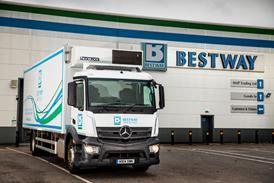
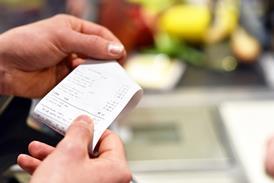
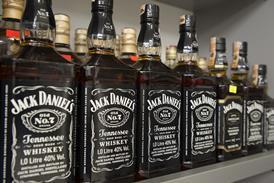

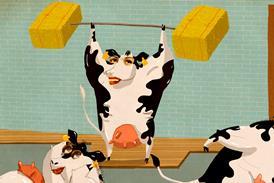
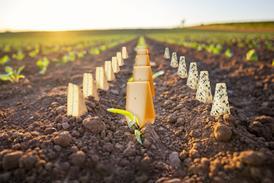

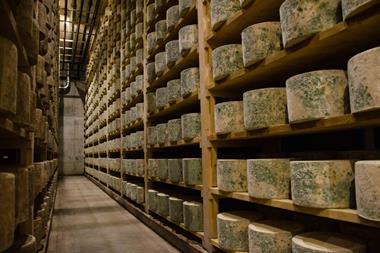
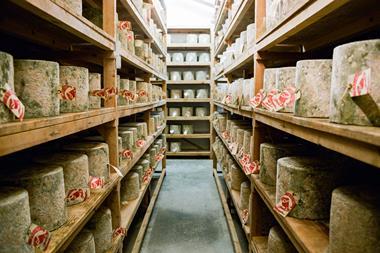
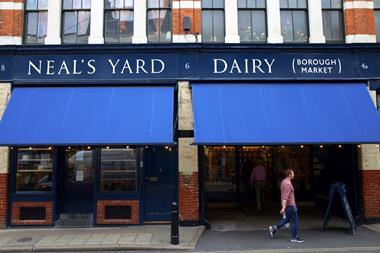
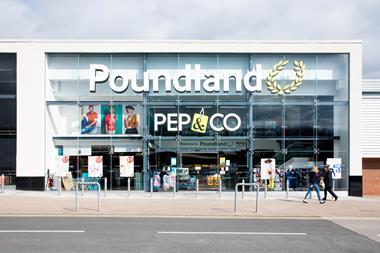

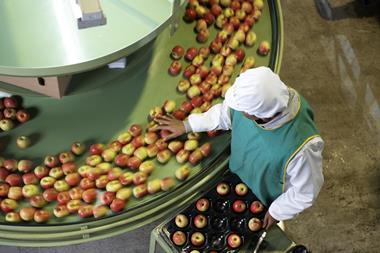
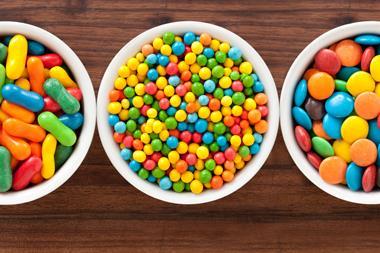


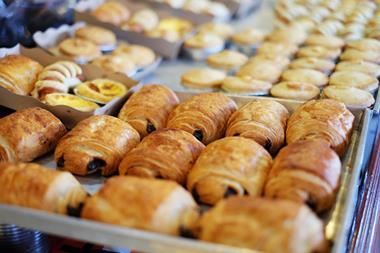


No comments yet